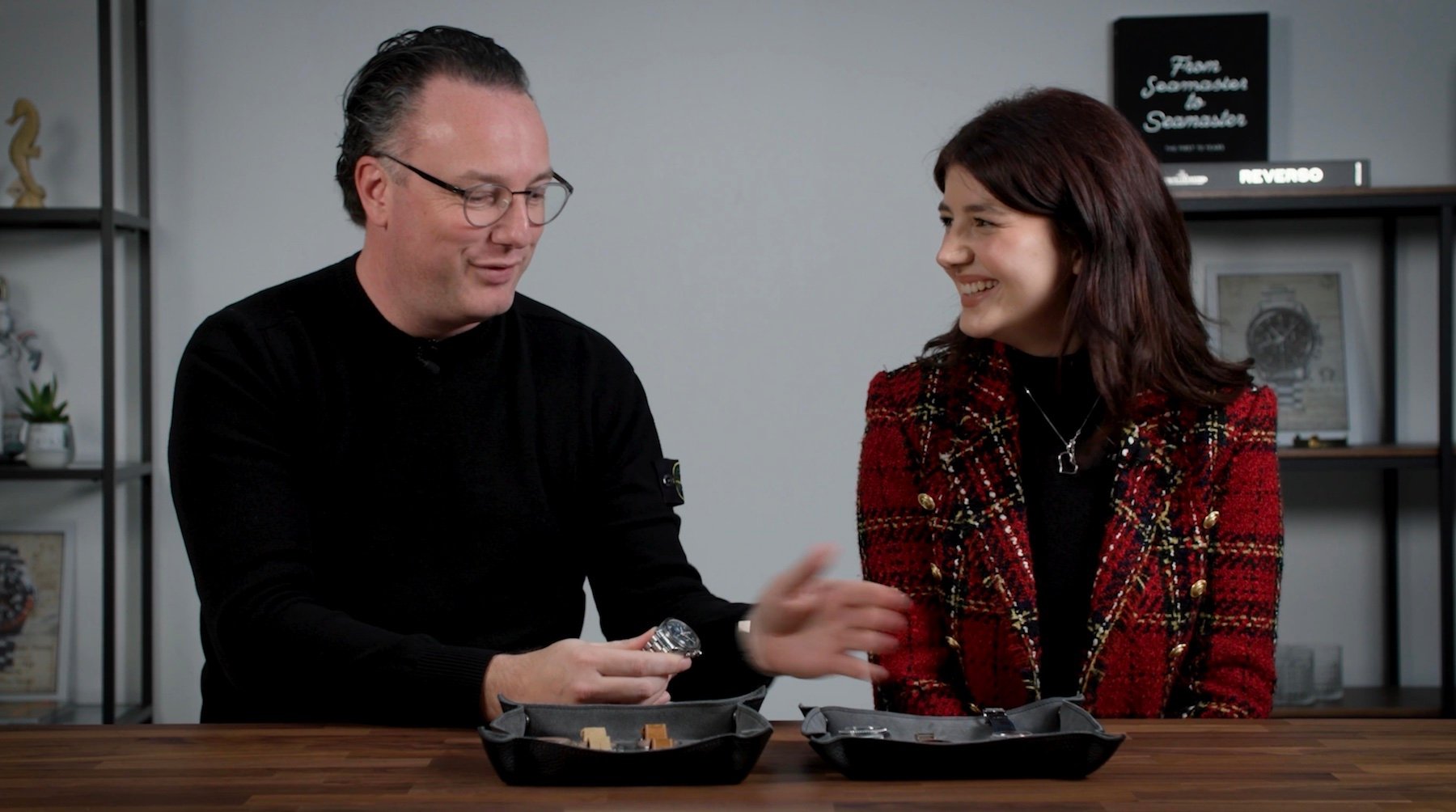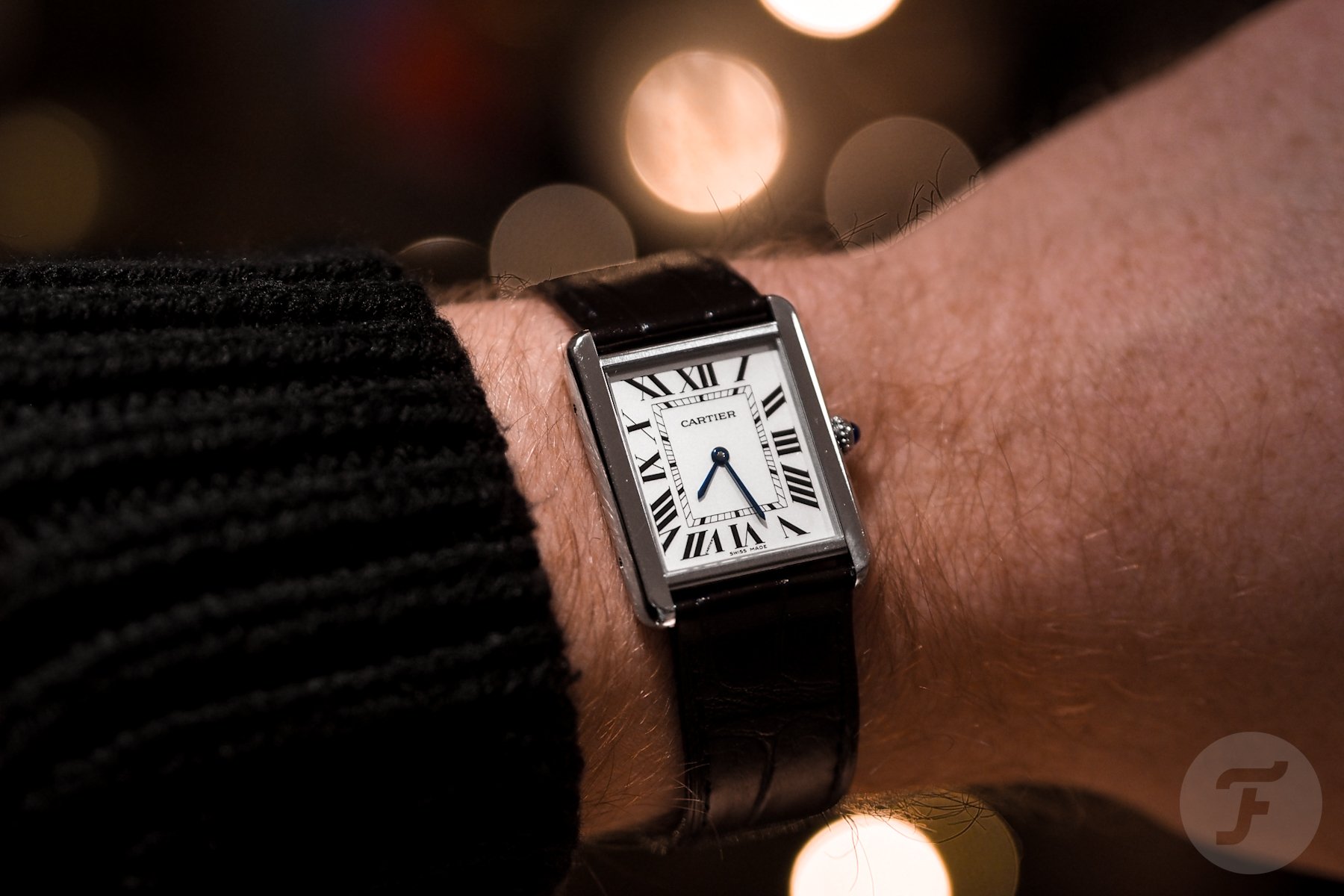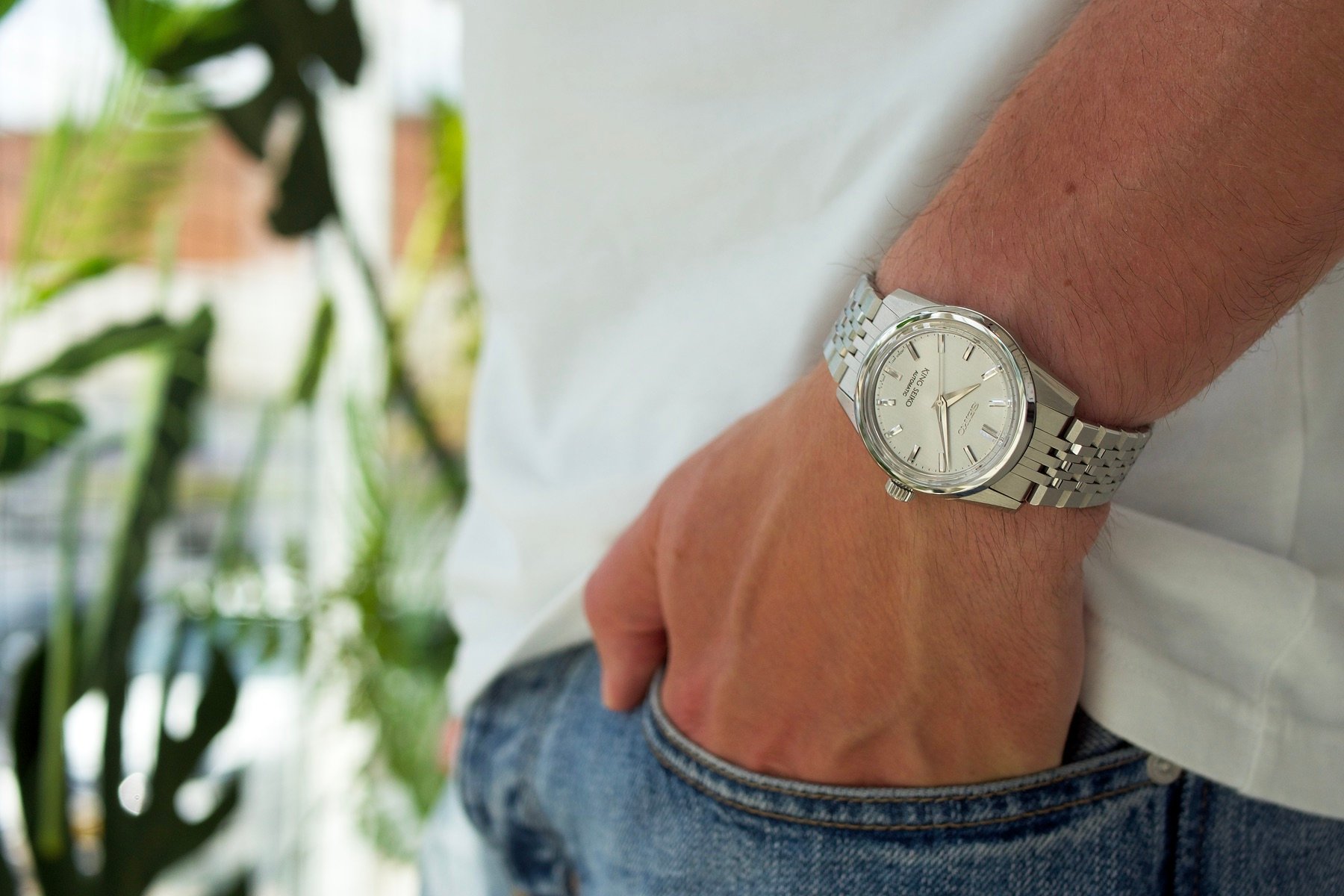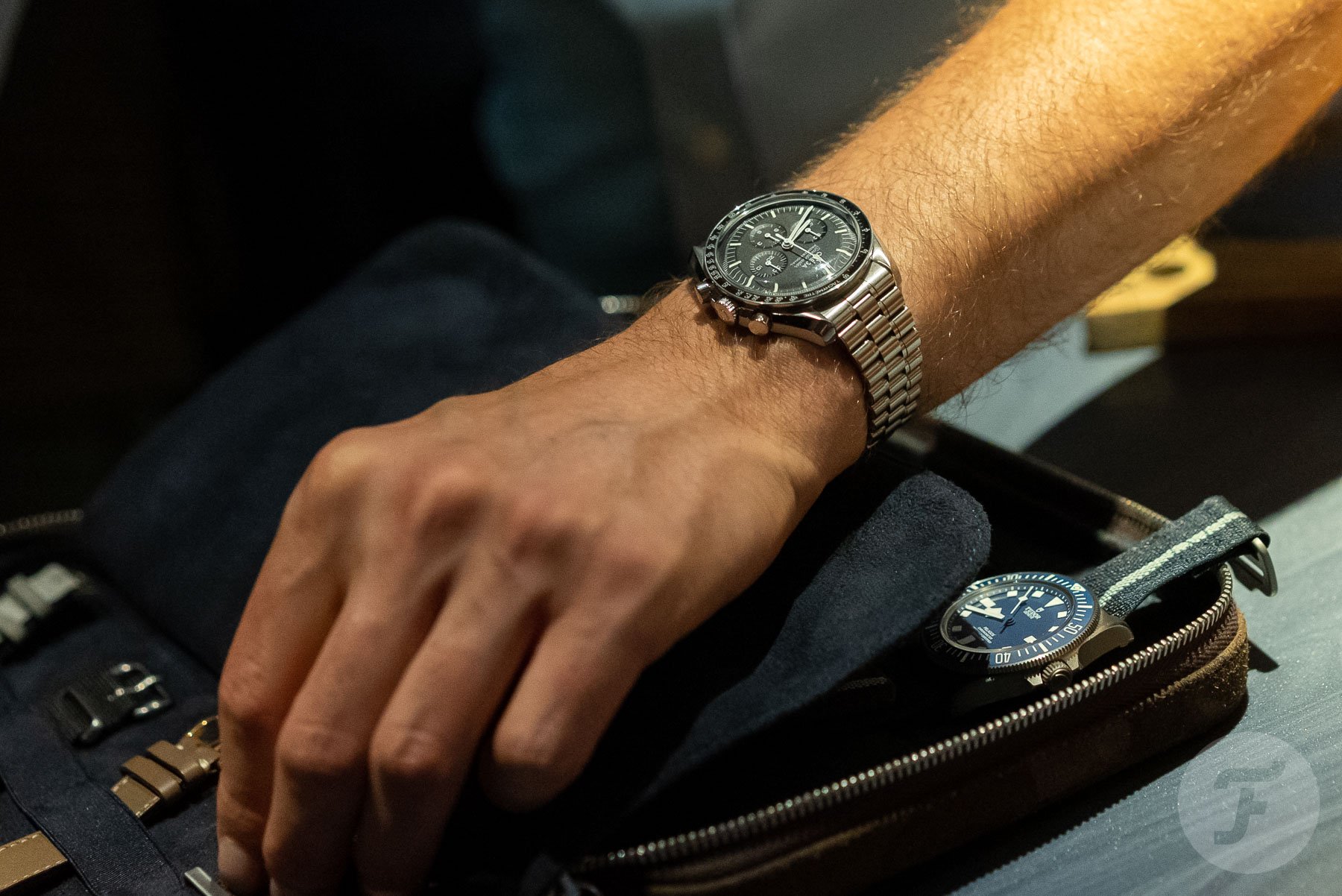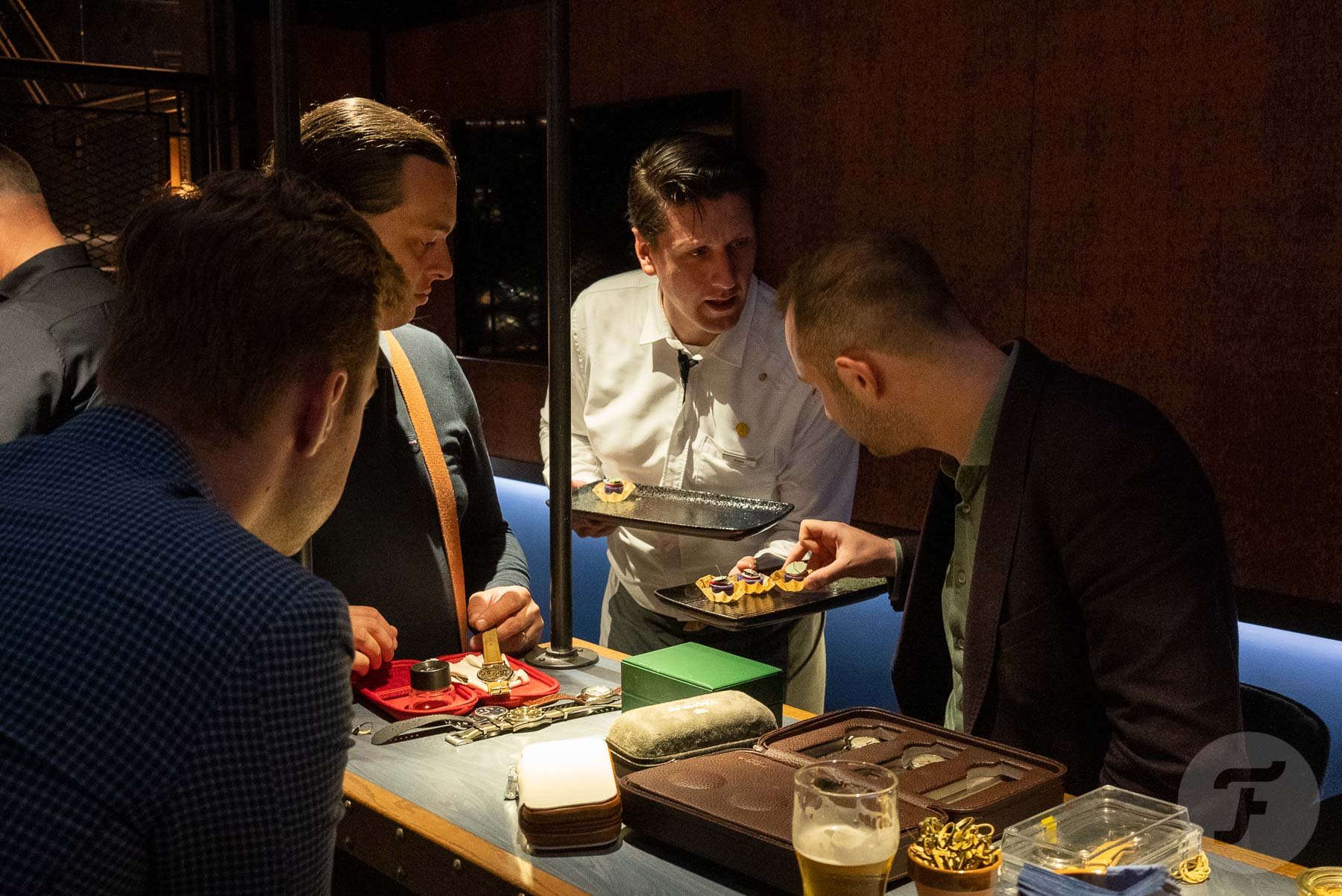How To Prevent Buyer’s Remorse When Shopping For A New Watch
It is probably my least favorite part of the whole watch-collecting hobby. That feeling you get when you open your watch case and there is a watch reproachfully staring at you. “Why don’t you ever pick me?” You reach for it, but at the last minute, you decide to grab another that you just enjoy wearing more. You have to admit to yourself, “This was not the right watch for me.” Contemplating ways to minimize money lost on the misfit, you walk away with your favorite watch strapped to your wrist. Maybe tomorrow…
How come we end up with watches that we do not actually enjoy wearing? Is there anything we can do to prevent such buyer’s remorse in the future? I am particularly eager to hear your approach in the comments. Let’s see if we can spare each other some bad purchases. I’ll go first.
One source of buyer’s remorse: online scouring
I am sure some of you have experienced this. You have a faint interest in a watch and start doing some online research. Before you know it, you have read every review and watched every YouTube video on the thing. You are scrolling through tons of Instagram pictures of your prospected next reference.
A cognitive bias called the “mere exposure effect” kicks in. As you get exposed to the watch more, you develop a stronger liking for it. After a while, it seems like the only sensible thing left to do is to buy it.
But real-life ownership turns out to be something entirely different from online watch-stalking. All of a sudden, it is no longer a softly lit dream photographed between a pile of coffee beans, an old camera, and a pocket knife. Now, it is just a hunk of steel on your wrist. You like it, but you don’t love it. What happened? And more importantly, how do you prevent this from happening again?
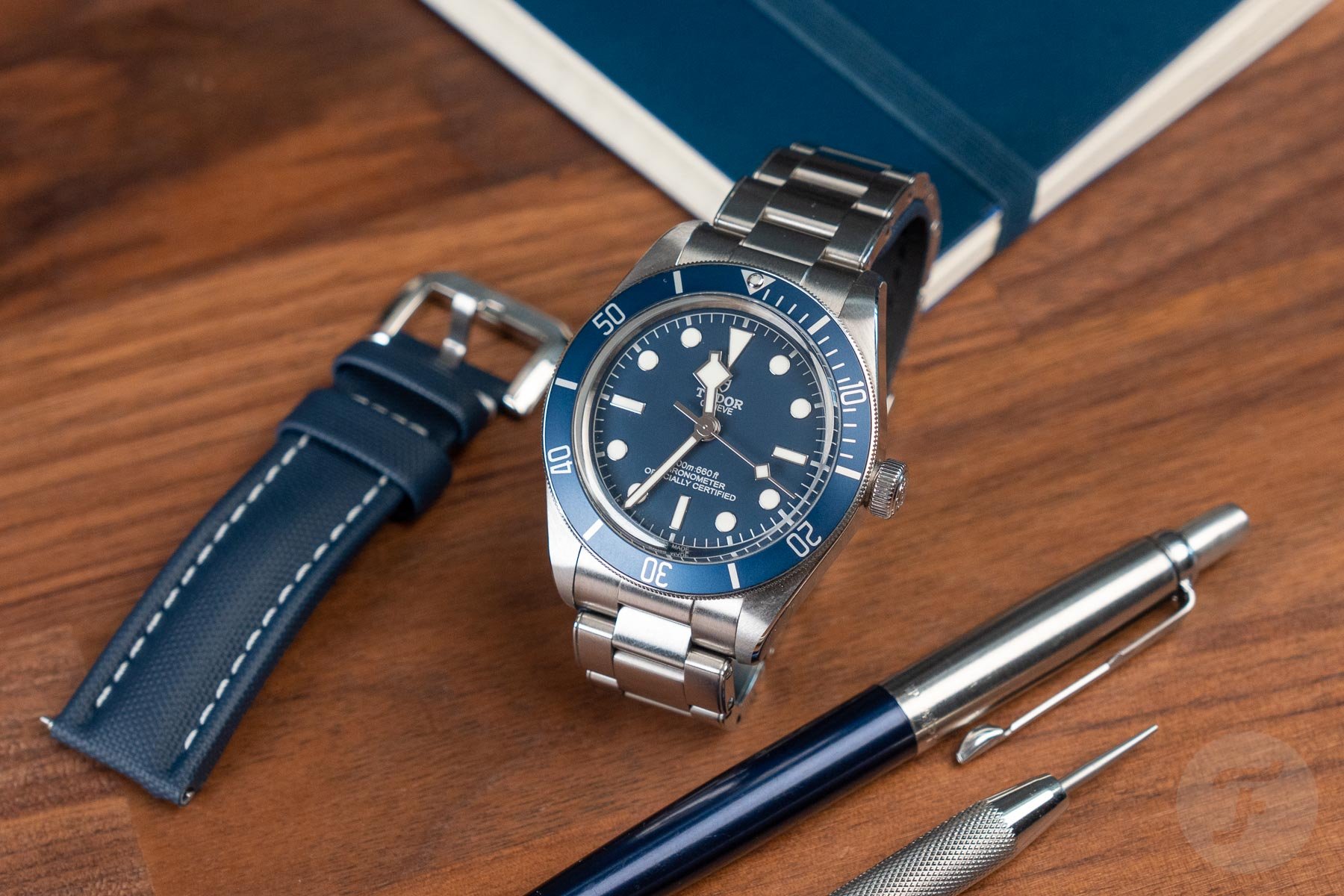
Tudor Black Bay Fifty-Eight — You can get lost in the infinite amount of beautiful online content on this watch
Know thyself
Although this takes time and experience, it really pays to know your own preferences and style. I, for instance, find myself preferring bracelets over straps. I own watches on leather, but I know I will naturally wear those a lot less than my bracelet options. Not too long ago, I found myself longing for a Seiko King Turtle on a rubber strap. I bought one but ended up not wearing it. I should have known that I would reach for my steel-bracelet divers instead. Lesson learned.
I know many collectors experience the same thing with dress watches. They like them, as discrete entities, but they may not suit their lifestyle. They end up just laying around. Being well aware of your own watch-wearing behavior can save you from experiencing buyer’s remorse.
Another important thing to keep in mind is that the actual purchase is often an anti-climax. This is especially true if you have been working up to it for a long time. A lot of what makes collecting rewarding is the hunt. The gratification can sometimes be underwhelming. It can feel as if that next watch will fulfill all your dreams and solve all your problems. In reality, though, we know it will not. Being prepared for that feeling can make for a more pleasurable experience. You may be able to appreciate the watch for what it is, rather than for what you hoped it would be.
Give it time
A second approach I have found helpful is to give a new purchase some time. If I had unlimited funds and let my desires reign supreme, I would buy multiple watches every day. Luckily, working with a limited watch fund means I have to save up, which naturally takes time.
But here is the trick: I do all the obsessive research and scouring, and then I let it go. If the watch remains on my mind while I am saving up but no longer stalking it, it is more likely to be a good purchase. Most watches, however, fade away over time. The desire wanes as I no longer feed it with drool-worthy content. I come across something better or realize this was just a passing crush.
It is precisely this distance that provides the required perspective. If I keep researching and focusing on the watch, the desire remains for sure. If I don’t, I will discover a more natural and true desire or a lack thereof. This is usually a far better predictor of future enjoyment of the watch.
Imagine daily use to prevent buyer’s remorse
Another trick that I have found helpful is to ask, “When will I prefer this over the watches I already have? Considering what I am doing today and what I am wearing, would I have picked this prospected watch this morning?”
My King Seiko is a prime example. I bought a vintage Rolex Datejust, and I absolutely love it. It turned out to be exactly my kind of watch. The King Seiko I later lusted after was quite similar in style. It allowed me, however, to wear it on occasions where I felt a vintage Rolex was unsafe, impractical, or too much. It could be an accessible daily alternative to my Rolex, which, I admit, I do baby a bit. And as it turns out, the KS performs precisely that role in my collection. It gets a ton of wrist time, as I suspected beforehand. No buyer’s remorse there.
The Tudor Black Bay 36, which I have also repeatedly crushed on, is a good example of the opposite. Between my Datejust and King Seiko, I cannot see when I would prefer the Tudor. This is entirely personal, but I think I would end up regretting the purchase if I went for it. I think I will save myself the money on this one and just enjoy it from afar.
Trying it on
Is it just me or is it getting harder to try on watches in real life? Actually, there are two developments in this direction. On the one hand, more and more online-only brands emerge. On the other hand, a lot of brands are withdrawing from multi-brand jewelers to focus on single-brand stores. This means it might get harder to visit a local store where you can give your prospected watch a try.
It is, however, a great way to prevent buyer’s remorse. Just getting a feel for the actual fit and finish of a watch can work wonders. Seeing it on your own wrist can instantly tell you whether it is right for you. I have had my opinion flipped around 180 degrees on a regular basis just by handling a watch in real life.
Luckily, there is another way to try watches. We are seeing an increase in get-togethers, which let you experience other collectors’ prized possessions. Even if your target watch is not present, trying on a lot of different watches is helpful. It arms you with the knowledge and experience needed to estimate how different types of watches will fit you. You may also come across some people who have experienced your intended target and are eager to share their thoughts. It can really help you make the right decision.
Your tactics to prevent buyer’s remorse
These simple approaches can help prevent buyer’s remorse when hunting for a new watch. I am sure you have your own tactics as well. What have you found to be helpful? And do you sell those bad buys or keep them around? Let’s see if we can share some approaches to help each other become better collectors.
You can also find and follow me on Instagram: @time_travelers_journal

